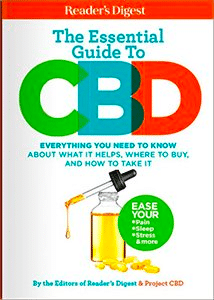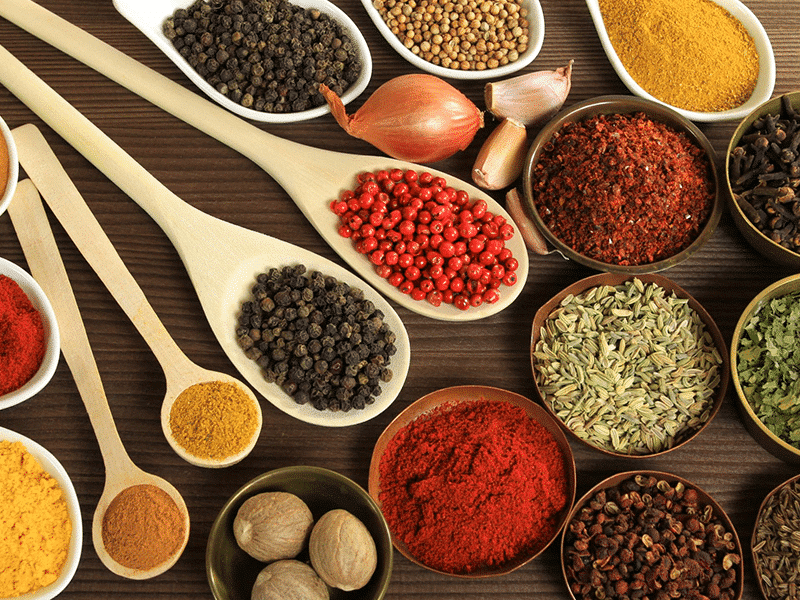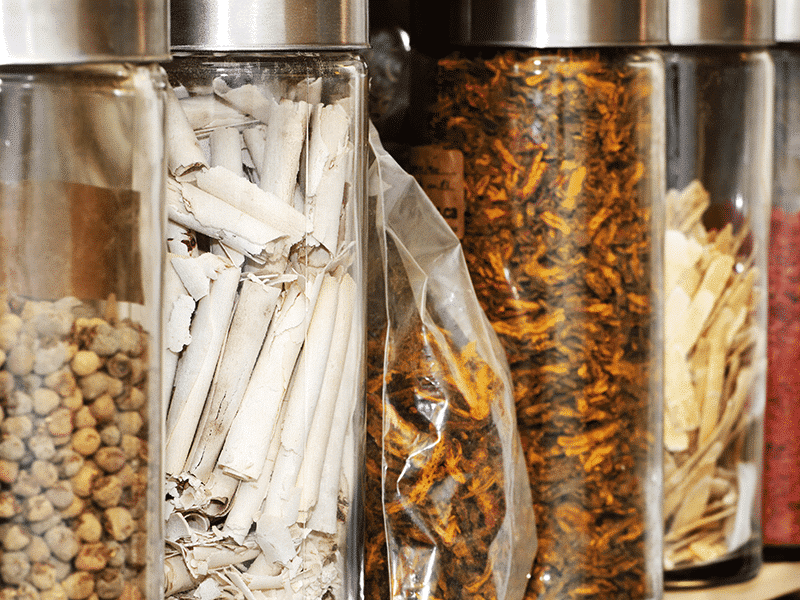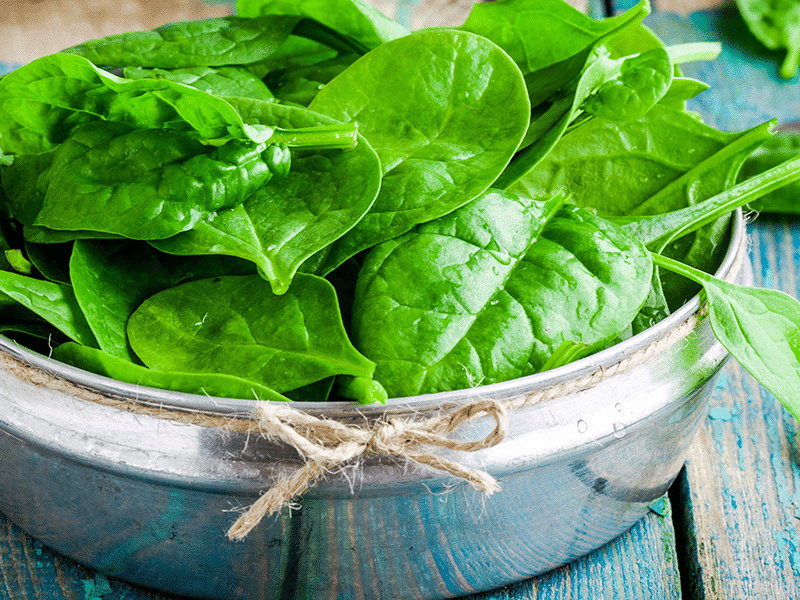Cannabis has been part of the pharmacopeia, or branch of medical science that studies drugs and medicinal preparations, of many cultures throughout history.

Like many other plants, cannabis plants secrete a sticky tar-like residue called resin. On cannabis plants, the resin is contained within the heads of tiny, mushroom-shaped trichomes, found mainly on the plant’s flower buds and to a lesser extent on the leaves. In the resin is tetrahydrocannabinol (THC) — the compound that causes the high that cannabis is famous for — and cannabidiol (CBD), along with hundreds of other cannabinoids and terpenes. Traditionally, these flowers, which we commonly call marijuana, are hand-harvested, dried, trimmed, and cured. The flowers are then consumed for their medicinal and/or intoxicating effects.
Israeli scientist Raphael Mechoulam, one of the world’s leading authorities on CBD, has described the cannabis plant as a “treasure trove” of medicinal value with the potential to treat a wide variety of different ailments. CBD and THC can be considered the crown jewels of this treasure trove, but they are just two of more than a hundred related plant compounds called phytocannabinoids, lipid (fat)-based molecules that are unique to the cannabis plant and give it its therapeutic potential. The plant is also rich in compounds called terpenes and flavonoids, which work together with CBD and THC to create an “entourage effect” that is greater than the effect of any one of the molecules alone.
A Yin-Yang Relationship
CBD and THC have a bit of a yin-yang relationship. Both CBD and THC can provide significant health and wellness benefits; but unlike THC, CBD does not make a person feel “stoned.” That’s because CBD and THC act in different ways on different receptors in the brain and body.
THC, marijuana’s principal psychoactive component, makes a person feel high by binding to specific receptors in your brain and central nervous system. CBD, by contrast, can lessen or neutralize the intoxicating effects of THC, depending on how much of each compound is consumed. That’s why people who use medical marijuana will sometimes choose products that are relatively low in THC and rich in CBD. They want the health benefits of cannabis without the high — or with less of the high. That’s possible, thanks to CBD.
There is compelling evidence that CBD works best in combination with THC and the full spectrum of other cannabis components. Just like eating a whole carrot is better for you than taking a beta-carotene supplement, whole cannabis remedies may be more effective than low-THC or no-THC products.
That’s important as we consider the medicinal benefits of CBD (and when you’re choosing CBD products) because, when scientists perform research on CBD, they generally use isolated, single-molecule CBD produced in biochemical laboratories. By contrast, when CBD is part of oil extracted from the whole plant, it includes not just CBD and THC but also more than 400 trace compounds, many of which may also have medicinal benefits.
Scientists have been studying (and patients have been consuming) other CBD-related molecules that have exciting therapeutic potential — for example, CBDA and CBG. CBDA is the acidic, raw form of CBD that exists in the growing CBD-rich plant before it has been harvested, dried, and heated and it may be even more effective against nausea than CBD or THC. Cannabigerol (CBG) is another cannabinoid that has medicinal value as an analgesic, anti-inflammatory, antidepressant, bone stimulant, and cancer-fighting molecule.
“The Ensemble Effect”
Researchers have found that many of these compounds interact synergistically to create an “entourage effect” or “ensemble effect.” In the same way that a star opera singer sounds great on her own but creates a greater impact as part of a cast of supporting singers, these myriad compounds magnify the benefits of the plant’s individual components so that the medicinal impact of the whole plant is greater than the sum of its parts.
Some of the key “backup singers” in that entourage are terpenes. Terpenes are aromatic molecules that evaporate easily and create a strong fragrance. You may not know their names, but you already know these compounds because they’re ingrained in your life. The fresh scent of lemon zest is from the terpene limonene. The refreshing aroma wafting through a pine forest comes from the terpene aptly named pinene.
Terpenes are the most common type of compound in the botanical world; there are hundreds of terpenes among all the cannabis strains, and there can be 20 to 40 types of terpenes in a single cannabis plant. The fragrance and flavor of any given cannabis product is determined by its predominant terpenes. Nature designed these pungent oils to protect plants by attracting beneficial insects, or by repelling harmful ones and animal grazers, as well as preventing damaging fungus. It turns out terpenes are healthy for people as well as plants.
Pinene, which is found not only in the oils of pine and other coniferous trees but also in rosemary, is known for its anti-inflammatory effects. Beta-caryophyllene, a terpene found in black pepper, oregano, leafy green vegetables, and various cannabis strains may be good for treating certain ulcers and auto-immune disorders. Linalool, the dominant terpene from lavender, alters brain wave activity and promotes relaxation.
Beneficial Terpenes
Some terpene compounds (called terpenoids) increase blood flow. Others enhance brain activity and kill germs, including MRSA, the antibiotic-resistant bacteria that have claimed the lives of tens of thousands of Americans. An article by Dr. Ethan Russo published in the British Journal of Pharmacology reports the findings from multiple studies showing that cannabinoid-terpenoid interactions — that entourage effect — could work well for more effective treatment of pain, inflammation, depression, anxiety, addiction, epilepsy, cancer, and infections.
In various ways, terpenes can augment the beneficial effects of CBD and THC. Research shows that terpenes can help cannabinoids like CBD and THC cross the blood-brain barrier and get into your system more easily. Some terpenes may facilitate transdermal absorption to allow topical treatments to pass through the skin.
It’s important to keep this entourage effect in mind when reading the results of scientific studies. When a study reports that a certain dosage of CBD did not have an effect, that doesn’t necessarily mean that CBD doesn’t work. Any given dose of single-molecule CBD is not medicinally the same as the same dose of a CBD-rich whole plant cannabis extract. Often, you actually need considerably higher doses of an isolated CBD product to get the same benefits you’d find from a smaller amount of whole plant CBD extract because of the entourage effect.
An excerpt from The Essential Guide to CBD by the editors of Reader’s An excerpt from The Essential Guide to CBD by the editors of Reader’s Digest and Project CBD. Now available in paperback and as an audiobook. & Project CBD.
Recommended Readings
I’m Just Mad About Saffron
The benefits of common kitchen spices are mediated by cannabinoid receptors in the brain.
Cannabis: Gateway to Herbal Medicine
Compounds in dozens of plants interact with the endocannabinoid system.
Leafy Greens & Diabetes
β-caryophyllene is a terpene present in cannabis as well as many dark green, leafy vegetables.





